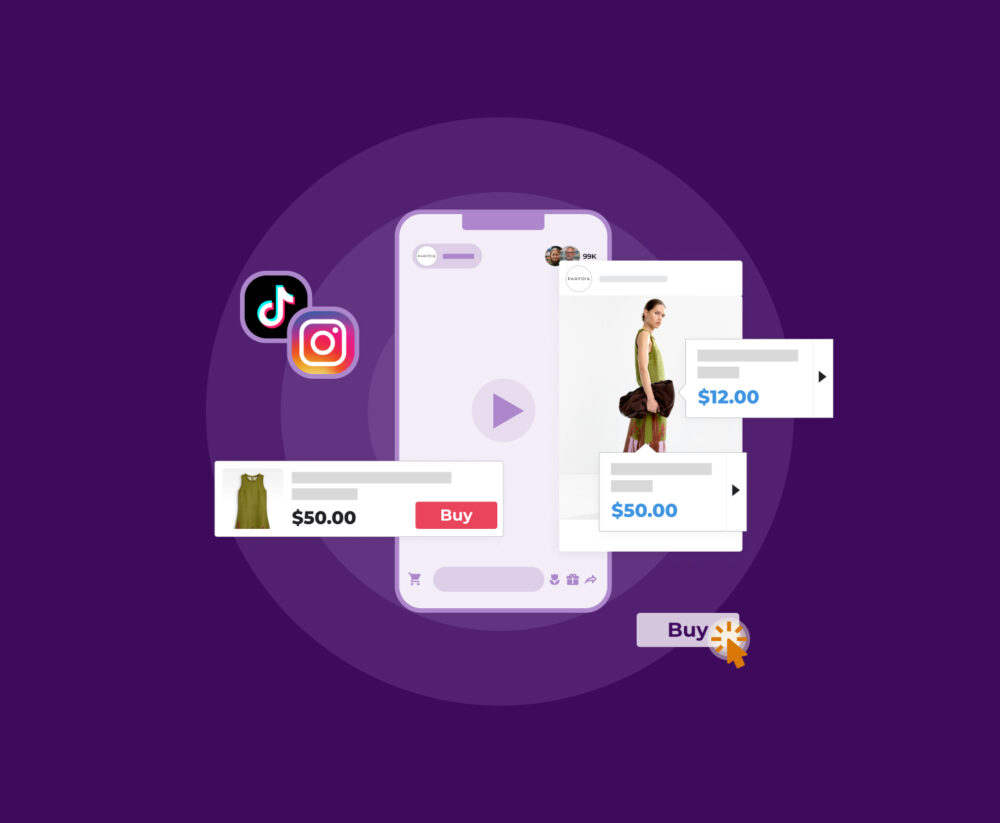The Amazon Vendor MOQ (minimum order quantity) program is something we face both as consumers and as sellers or brands.
It is a feature or functionality of the Amazon marketplace that simply defines that a certain product cannot be purchased in individual units, but that it is necessary to add a certain number of them to the cart in order for the user to place the order.
Why does Amazon set minimum units to buy a product?
Easy in principle: For the simple profitability of the product .
The products that Amazon distributes as a Vendor are monitored and measured from the inside out in detail, and the margins together with the volume are the two most relevant dimensions for the US giant to make decisions regarding the products sold on Amazon Vendor.
Amazon is going to take into account the agreed purchase costs, and crossed with the volume and shipping, picking and other associated costs, it will end up with a ratio on which it will base itself to take action and will have a tolerable range to take decisions about a product or not. Those decisions can lead to purchase price renegotiations, PVP changes, or in what concerns us in this article, put your product in Amazon MOQ and request minimum quantities with all the damage that this entails with the aim that the cost of picking and shipping is diluted in the order
And you know the best? It usually does it without warning you.
On this basis, the products most likely to fall into this territory of Amazon MOQ as a solution to an Amazon problem in terms of profitability, are usually those with a low price , say in a range of up to €15.
In conclusion, if a product that Amazon sells through a Vendor with a price of €0-15 internally detects that it does not meet its expected returns and does not see an option exclusively for price dance, a product may end up having minimum units purchase for the customer.
But let’s analyze the case . What repercussions can a product enter the Amazon MOQ have?
Problems that the mandatory minimum units on Amazon can bring
This in itself seems trivial, but it brings two harms, one for the consumer, and another for the seller or brand:
- For the consumer: Obviously, if we want to buy a single unit of the product, we will not be able to do so, taking with us the bad buying experience implicit in it. And this direct problem to the consumer is the one that triggers several for the brand or seller:
- For the seller: In addition, the above being a consequence for the consumer, and speaking of the potential of the product if this limitation did not exist:
- Amazon MOQ will result in a lower conversion of the product listing,
- In line with the above, we will see a reduction in the possible revenue that we could allocate to that particular product if it did not have that limitation, also lowering the speed of sales.
- Collaterally, it will be affecting, for example, the conversion and efficiency of Amazon Ads payment campaigns that could be associated with this listing. If we are investing money in PPC for a certain product and we find that it enters the Amazon MOQ without warning, this campaign will surely worsen its ACOS (acquisition costs) and we will also be driving traffic that may have a bad experience.
- In previous points we have seen that this will have an impact on the speed of product sales and on the CR or conversion rate… and this is an added problem because these two metrics are two of the main metrics, possibly the most important and elder impact, in the organic positioning of our product for searches.
How to solve the problem of Amazon asking for minimum purchase units for our products
The solutions can be several and will depend on the case, but the most obvious will be:
- Renegotiation with Amazon of the purchase price from Vendor : It is not very desirable because a particular situation of Amazon cost increases may set a precedent and we will lose margin in the future.
- Compensation from the brand or seller of that margin loss: Negotiating explicit compensation to alleviate this loss of Amazon’s margin, we can ensure that our product continues in the desired situation and with the hope that this will be fixed in the near future without falling into renegotiating Amazon purchase prices that may affect the future by setting precedents. .
Now, to solve the problem, you must first detect it! And as a general rule, unless we have a “Vendor Manager” (manager of our Amazon Vendor account), we will notice the Amazon MOQ entry when it is too late and we see a reduction in sales over a long period of time and having already received part of all that negative impact that we talked about earlier.
The least desirable option, unless we have a very small catalog of references, is to check the product sheets on the different Amazon marketplaces daily, but doing this manually is a human cost and a loss of focus that we should avoid.
So, as an alternative solution, we could count on technology that would give us the work done, from where we could obtain reports and analyzes of the products that enter this program or program alerts that notify us that this happens in order to react in time.
On FlipFlow.io We have a functionality designed to detect and track products in Amazon MOQ in addition to all the other features that can give you control over all your online sales channels and over your sellers and competitors, maximize opportunities, increase billing and take your business to the next level. level with the strength of the data.



